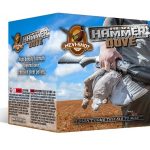Why Everyone Likes Lever Actions — Lucky Gunner
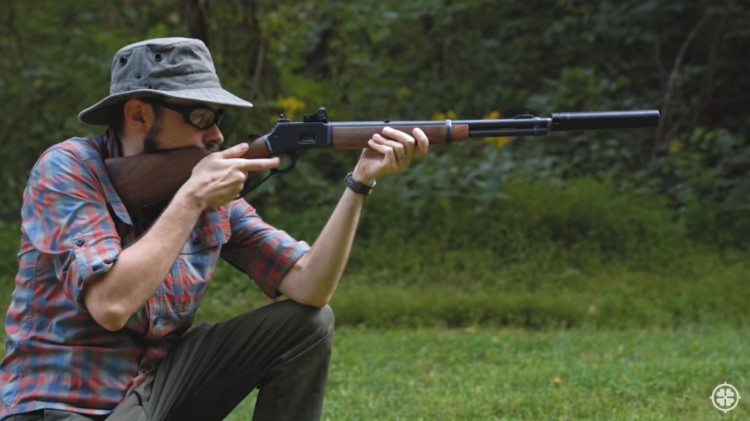
When we think of gun systems that have withheld the test of time, the lever action rifle has to be near the top. These rifles have been around since the Civil War era with only a few times when they weren’t the top choice. Chris Baker over at LuckyGunner has done a series on the lever action rifle and this episode is on why people love it so much. Let’s check it out.
The lever-action rifle origins go back over 150 years, but they are still widely loved. Thanks to new options the rifle is gaining popularity once again. The newer versions are modernized version of their ancestors, but still have the same functionality. But why are they so loved, even today?
Let’s take a walk through lever action history.
A New Cartridge
The lever-action rifle was introduced in the early 1860s thanks to the metallic cartridge. Prior to that, the soldiers during the Civil War used rifled muskets or muzzleloaders and those were seen as cutting edge. The metallic cartridge brought around two very important advancements:
1. The first practical breech-loading single-shot rifles, and
2. The lever repeating action rifle.
The first metallic cartridge breech loaders were pretty basic improvements over the musket. They were known for being accurate and had long-range caliber bullets (similar to a 12ga low recoil shot now as far as range). A good example of this type of rifle is the Remington Rolling Block that shot a .50-70 caliber round.

The lever-action rifle was in direct contrast to the breach loaders in that operators would have to sacrifice the power and range of a round for volume of fire. The rifles shot pistol caliber rounds,
similar to what a .44 caliber is today. In the beginning, you could have between seven to 16 shots total without having to stop and reload. Unfortunately, these rifles weren’t embraced by traditionalists, including military leaders.
Was the lever action ever used by the military?
Only a few repeating rifles were ever issued by the Union forces, but that didn’t stop enlisted men from purchasing one with their own money. They didn’t want to be the one to get shot or stabbed while they had to reload their single-shot rifle. Even with their popularity rising, leaders subscribed to the one-shot, one-kill theory of fighting and didn’t believe it was a necessary change. Even post-Civil War, when the army replaced the musket, they went to a bolt action rifle. They never officially adopted the lever action rifle for general issue to soldiers.
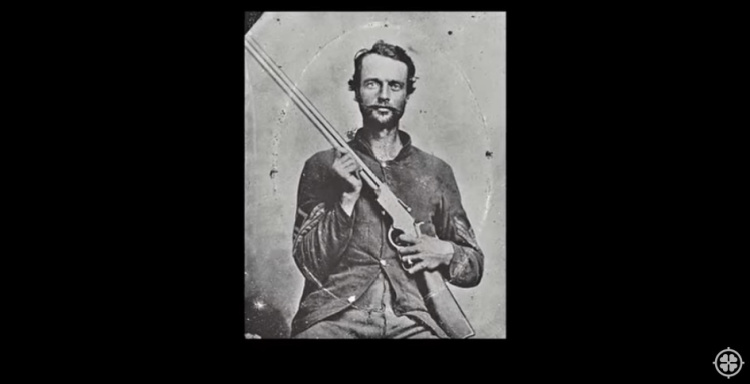
It was the gun that won the west!
That didn’t stop the popularity of the rifle. The rifle that would be seen as the conqueror of the West was the Winchester repeating rifle, formally the Henry. Civilians appreciated the lever action as their need for close-quarter fighting and the need for quick follow-up shots. Most predominantly used was the six-round option.
And then there was smokeless ammo.
Near the turn of the century, smokeless powder came along, and with it came new innovations. First to come was the bolt action rifle that worked better with the smokeless powder. But the
lever actions didn’t fade away. The Winchester Repeating Arms company came out with a smokeless ammunition for their rifles as well, just hand less power than a bolt action.
The Winchester .30-30, while less powerful than a bolt action counterpart, still was a good rifle and round. It has modest recoil but could still bring down game for hunters. The rifle was smaller and easier to manipulate with smooth sides that wouldn’t catch up on things around it. Baker stated that the people who used their rifles regularly were most likely to be using lever
action .30-30.
Lever action culture in the twentieth century.
Next to come to threaten the lever action love was the invention of the semiautomatic rifle, the Remington 8, around 1905. It was compact and chambered in moderately power calibers similar to the Winchester .30-30 but could get rounds off faster than the lever actions. Post-WWII, the gun culture was about hunting and collecting of firearms with models from Marlin, Savage, and Browning all being popular that kept similar aesthetics from the original models.
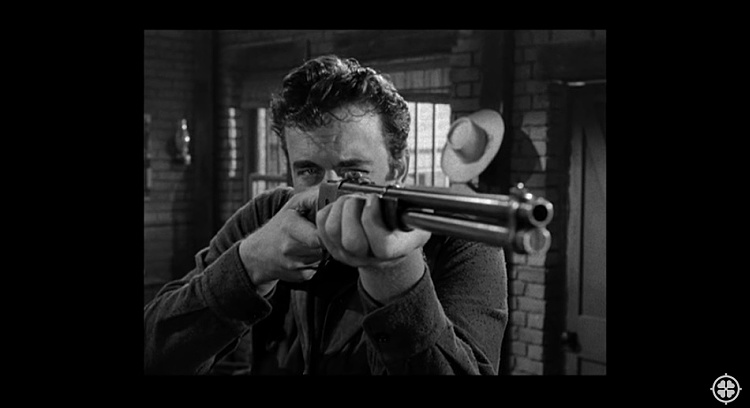
It became a cultural Icon on film.
The lever action rifle was extremely popular well into the 1970s thanks to the prevalence of Westerns in media, including the popular series Gunsmoke that ran for 20 years (and still going in syndication). By the 1980s and 1990s, things started to cool for the lever action, and other firearms due to declining overall popularity in hunting and ownership.
It’s just plain fun!
Lever actions resurged in popularity in the 2000s thanks to a new generation of enthusiasts and the want of personal protection, preparedness, and a fun shooting experience. Baker says it comes down to the fact that people think the lever action is fun to shoot. Not only that, but with the modern versions of these old guns come modern features. For instance, Baker cut the barrel down on his 1980s version and threaded the barrel to accept a suppressor. Check out this link if you want to see what else you can do with a lever action.
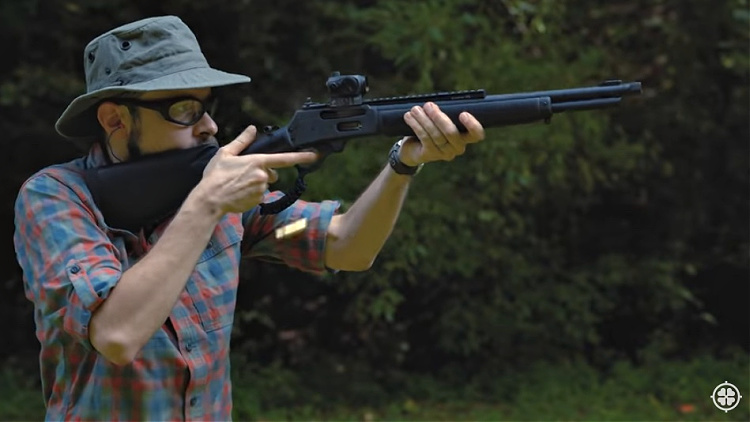
Modern versions still hold the love that the original ones once conjured up. They have similar looks, are compact, and chambered in low to moderately powered cartridges with very mild recoil. Besides that, being fun to shoot, especially with a suppressor, makes them even more likable and helps them withstand the test of time.

